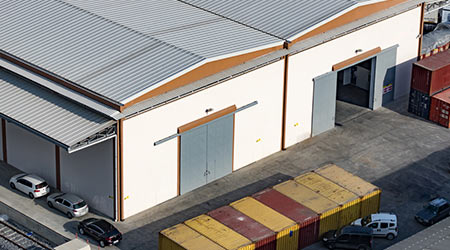
October 16, 2017 – Roofing
Low-slope roofs are a common style of roof for commercial buildings. They offer better water runoff than flat roofs and greater energy efficiency compared to steeply sloped roofs. Although this style of roof is very popular and has advantages, there are three steps that facility managers should take to prevent problems.
Properly Install and Protect the Roof
By far the most common cause of a damage low-slope roof is the improper installation. Not every roofer is qualified to install a low-slope roof, especially when it comes to built up roofs (BUR). It is vitally important to thoroughly vet potential roof contractors prior to hiring to ensure that they are experienced and knowledgeable about this style of roof.
For example, if you opt for a BUR it is essential that the roofer be aware of the risks of blistering or ridge development from damp substrate or poor membrane torching. Another example would be proper gutter installation as well as fascia, flashing, and soffit for further water and wildlife protection. You should also be wary if a roofer urges you to choose a shingle style roof on a low-slope as these are not an ideal choice of materials and can lead to trouble in the form of leaks down the road.
Lack of Foot Traffic Protection on Roof
It is important that any type of maintenance professional does not leave hardware or tools sitting directly on a roof. It is also important that the roof be treated carefully when it comes to foot traffic. Since a low-slope roof seems safer and is more stable to walk on, some people ignore roof safety practices. Unfortunately haphazard foot traffic can damage a low-slope roof fairly easily, regardless of what material it is made out of.
It is important that the building owner requires anyone that must have roof access to use work blankets as a barrier between their feet and any tools and the roof. If there are areas on the roof that require regular foot traffic, such as paths to an HVAC system, exterior doors or permanently installed ladders, it is wise to have walk pads semi-permanently installed to reduce wear and tear.
Ignoring Proper Roof Maintenance After Installation
By far the most common cause of low-slope roof damage is ignoring proper roof maintenance. An annual full roof inspection is important for proactively spotting potential problems before they develop into expensive repairs. Ideally this should be done by a roofing contractor that knows what to look for, but on newer roofs it is possible that in-house facility staff may handle the inspection.
Maintaining the roof involves removing debris and checking it after wind or rainstorms. It also involves the removal of snow in winter to prevent ice dams from forming. Specific roof maintenance is often tied to roof material, so a roofing contractor will best be able to explain what has to be done to keep the roof in good shape.
This Quick Read was contributed by Bobby Lambrix, communications coordinator for Malarkey Roofing Products.
Source: Commercial Roofing


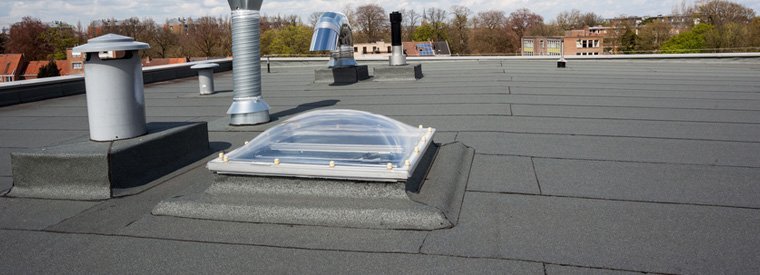

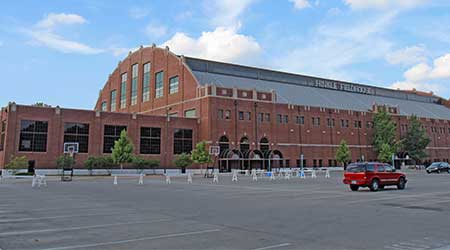


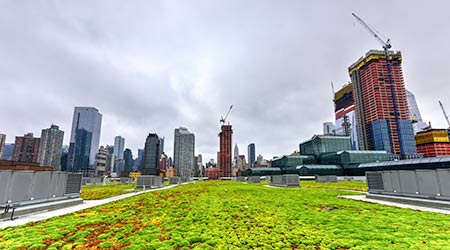
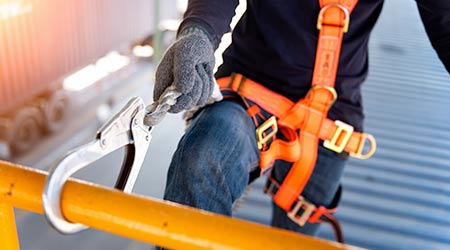
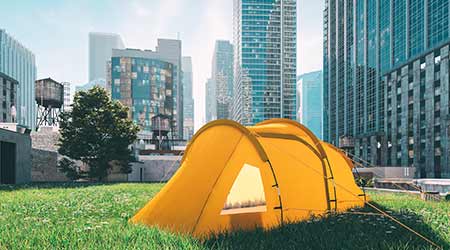

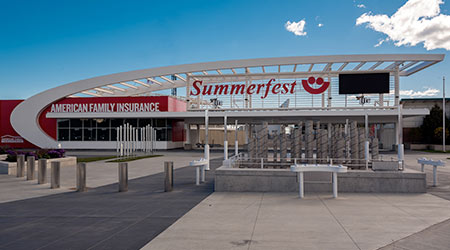
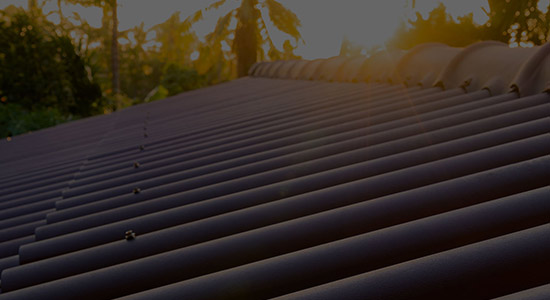


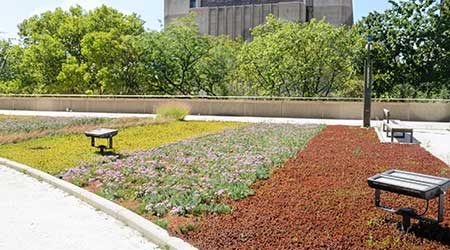
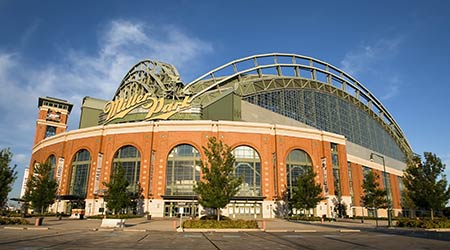
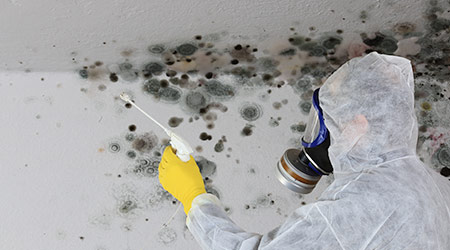
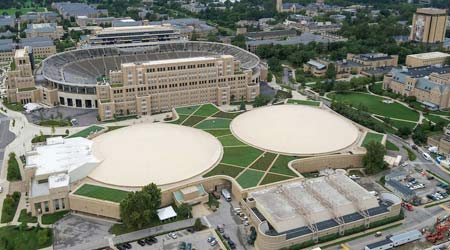

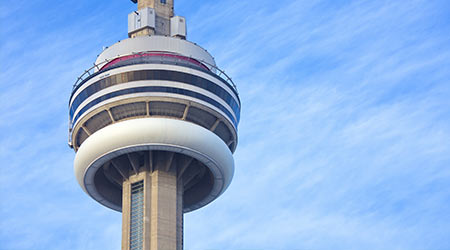
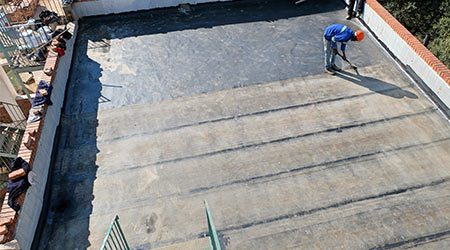
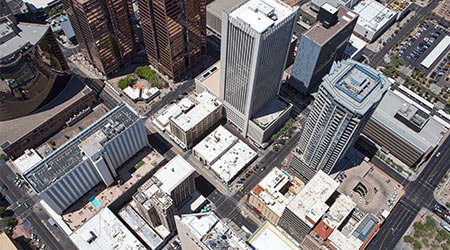
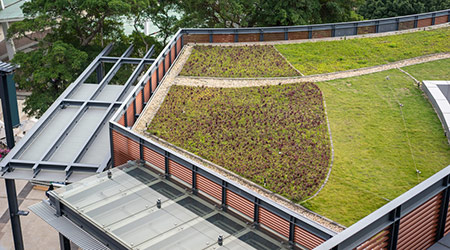
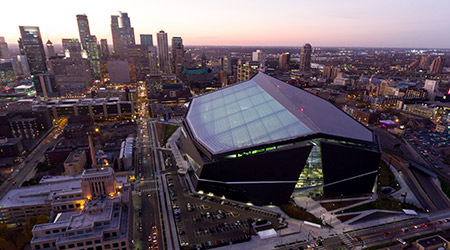
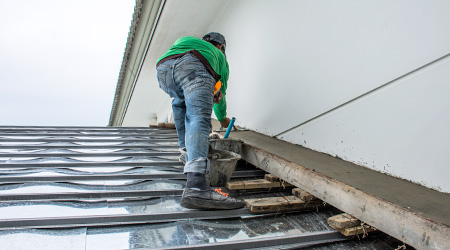
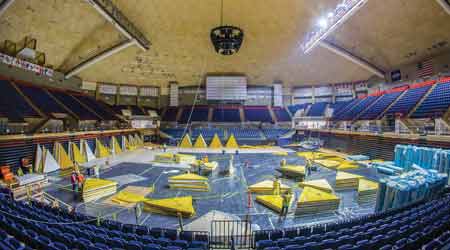
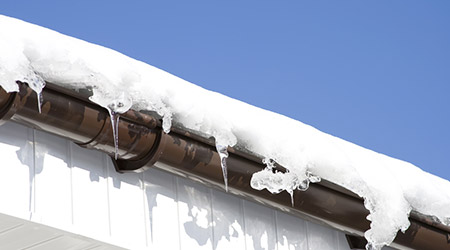
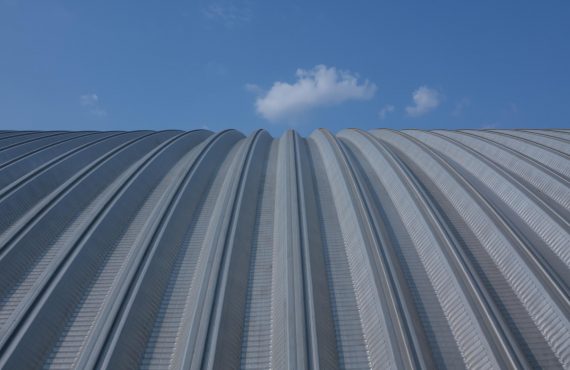
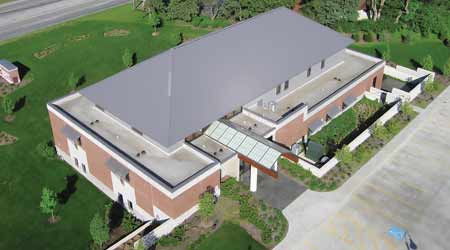

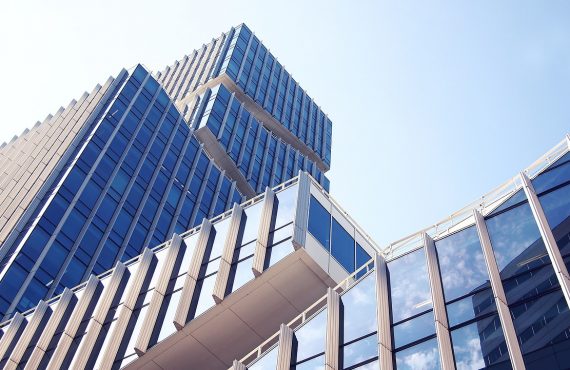
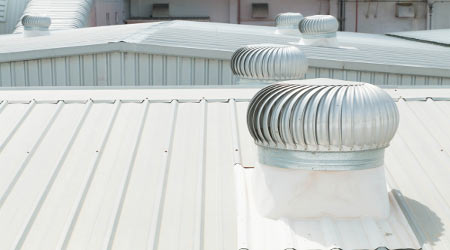

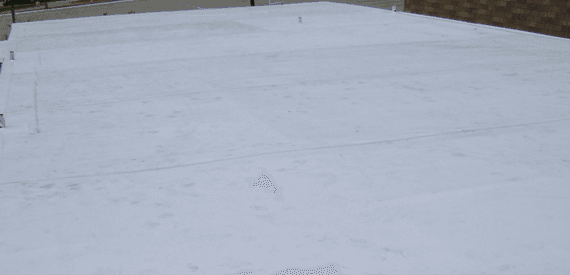


No comments yet.